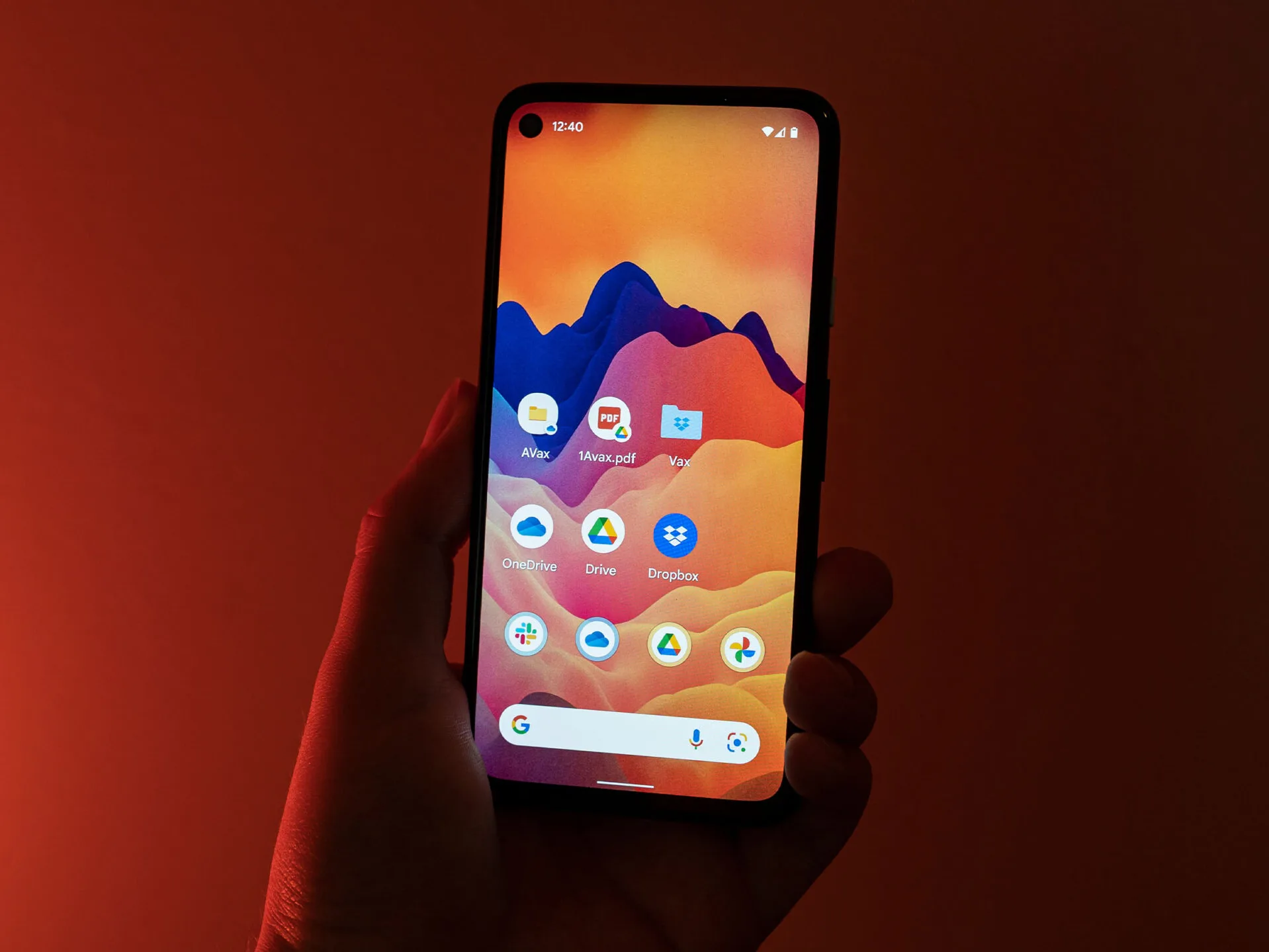Android is a widely used operating system that offers a multitude of features and customization options. One useful feature is the ability to add file and folder shortcuts to the home screen, making it easy to access your important documents and files.
To add a file or folder shortcut to your Android home screen, follow these steps:
1. Start by locating the file or folder you want to create a shortcut for. This could be a PDF file or a folder containing multiple files.
2. Once you have found the file or folder, long-press on it to bring up a context menu. Depending on your device and Android version, you may see different options, but look for the “Add to Home screen” or “Create shortcut” option.
3. Select the “Add to Home screen” option. This will create a shortcut of the file or folder on your home screen.
4. Now, you can check that the shortcut has been placed on your home screen. You can drag and drop the shortcut anywhere on the screen to organize it as per your preference.
By utilizing the file and folder shortcut feature on Android, you can streamline your workflow and access your files with just a tap on your home screen.

How Do You Put Files on Your Android Home Screen?
To put files on your Android home screen, you can follow these steps:
1. Open the file manager app on your Android device. This app may vary depending on the device you are using, but commonly used file manager apps include Google Files, Solid Explorer, or ES File Explorer.
2. Navigate to the file or folder that you want to create a shortcut for on your home screen. You can browse through different folders or use the search function within the file manager app to locate the desired file.
3. Once you have found the file or folder, long-press on it to select it. This action will typically bring up a menu with various options.
4. Look for an option that says “Create shortcut” or “Add to home screen.” The wording may differ slightly depending on the file manager app you are using.
5. Tap on the “Create shortcut” or “Add to home screen” option. This action will generate a shortcut for the file or folder on your device’s home screen.
6. Go to your Android home screen by pressing the home button or swiping up from the bottom of the screen, depending on your device’s navigation gestures.
7. Locate the shortcut that you just created. It should appear as a new icon on one of your home screen pages.
8. To move the shortcut to a different location on the home screen, long-press on it and drag it to the desired position. You can also move it to a different home screen page by dragging it towards the edge of the screen.
9. If you want to remove the shortcut from the home screen, long-press on it and look for an option that says “Remove” or “Delete.” Again, the wording may vary depending on your device and launcher.
By following these steps, you can easily put files or folders on your Android home screen, allowing for quick access to your frequently used files.
Where Are Your PDF Files on Your Android Phone?
To locate your PDF files on your Android phone, follow these steps:
1. Open your Android app drawer by swiping up from the bottom of the screen.
2. Look for an app called “My Files” or “File Manager” and select it. If you don’t see either of these apps, you can try searching for them in the Google Play Store and installing them.
3. Once you’re in the My Files app, you should see different folders and categories. Look for the folder named “Downloads” and tap on it.
4. In the Downloads folder, you can browse through all the files that you have downloaded on your Android device. This includes any PDF files you may have downloaded.
5. If you have a large number of files and it’s difficult to find the PDF you’re looking for, you can use the search function. Tap on the “Browse” icon at the bottom of your screen and type in the name of the PDF file or any relevant keywords to quickly locate it.
By following these steps, you will be able to find and access your PDF files on your Android phone with ease.
Conclusion
Android is a versatile and user-friendly operating system that offers a wide range of features and customization options. From its intuitive interface to its vast app selection, Android provides a seamless user experience that caters to individual preferences and needs.
One of the standout features of Android is its ability to add file and folder shortcuts to the home screen. This feature allows users to quickly access important files and folders without having to navigate through multiple menus or directories. By simply selecting the “add to desktop” option, users can create shortcuts for their most frequently accessed files and folders, making it easier than ever to stay organized and efficient.
Additionally, Android’s integration with Google Drive provides seamless access to files stored in the cloud. Users can easily access their Google Drive files through the My Files or File Manager app, with the ability to search for specific files or browse through the Downloads folder.
Whether you’re a professional looking to access important documents on the go or a casual user wanting quick access to entertainment files, Android’s file and folder shortcuts offer a convenient solution. With just a few taps, users can create shortcuts and customize their home screen to suit their individual needs.
Android’s file and folder shortcuts feature enhances productivity and convenience, allowing users to easily access their most important files and folders with ease. With its user-friendly interface and seamless integration with Google Drive, Android continues to provide a top-notch user experience for its millions of users worldwide.
